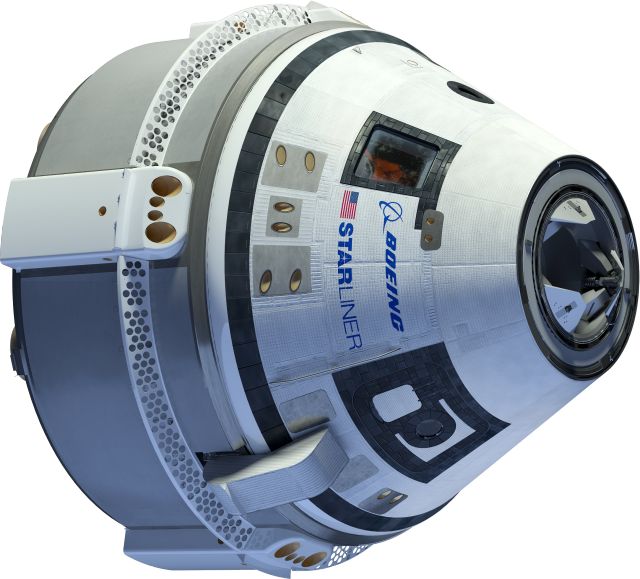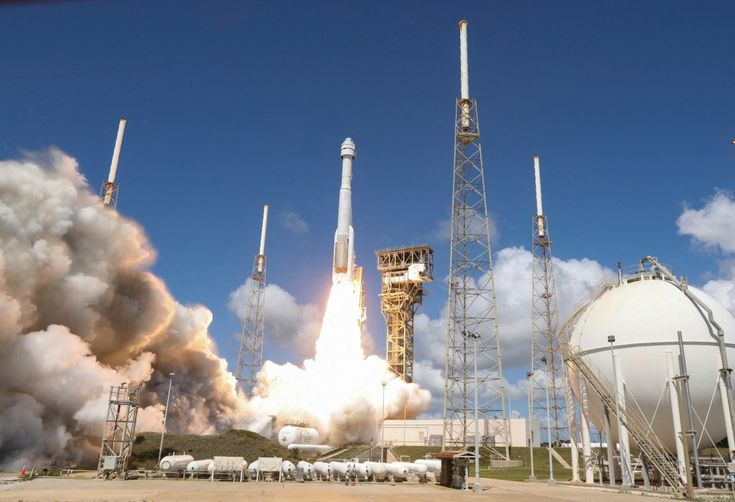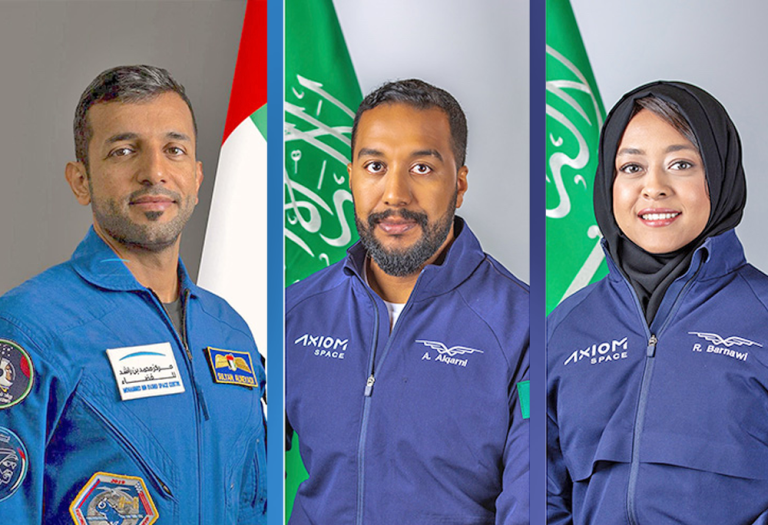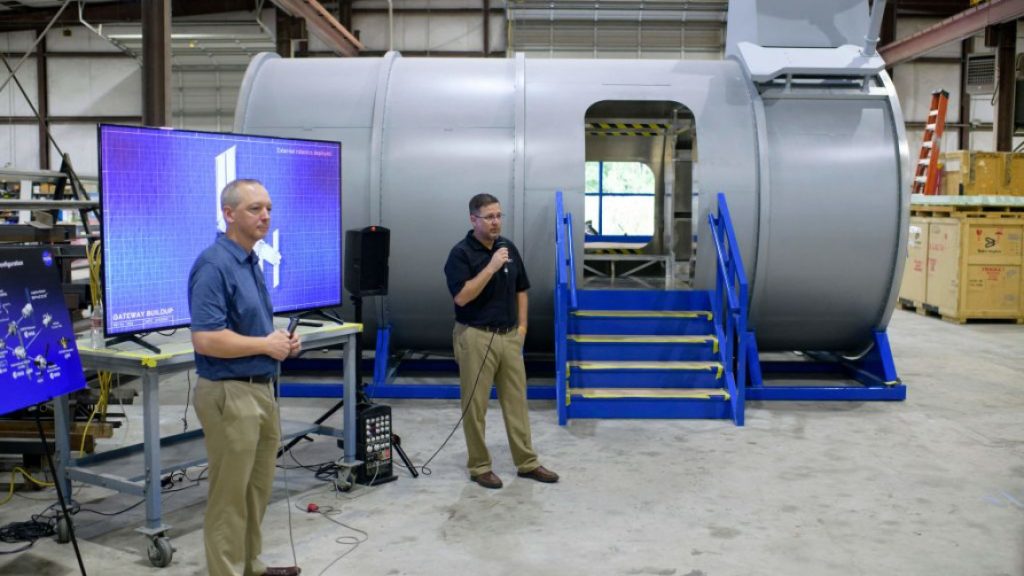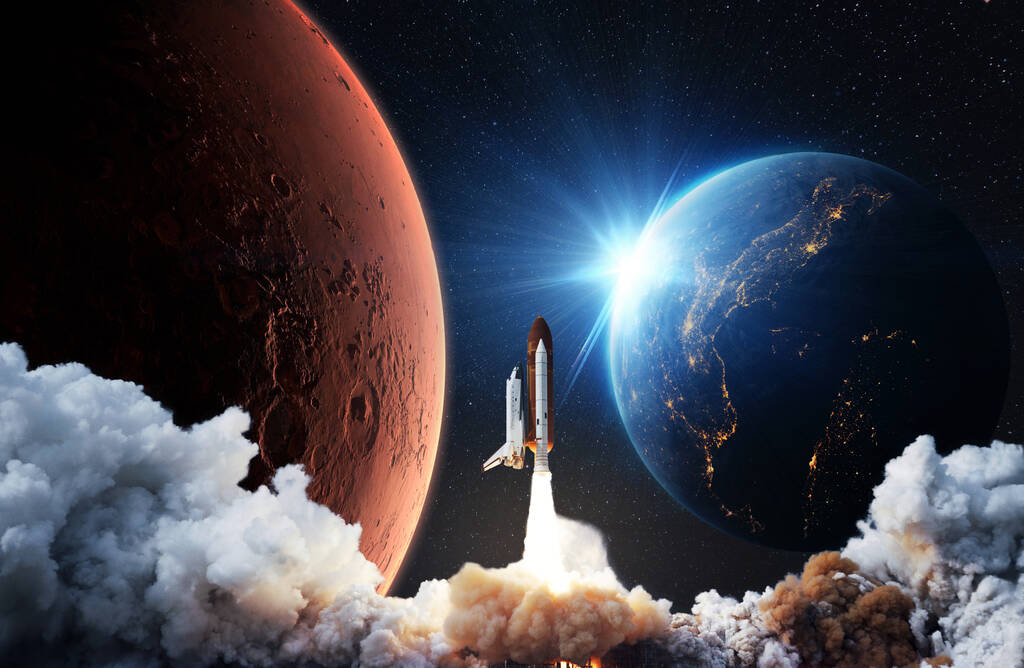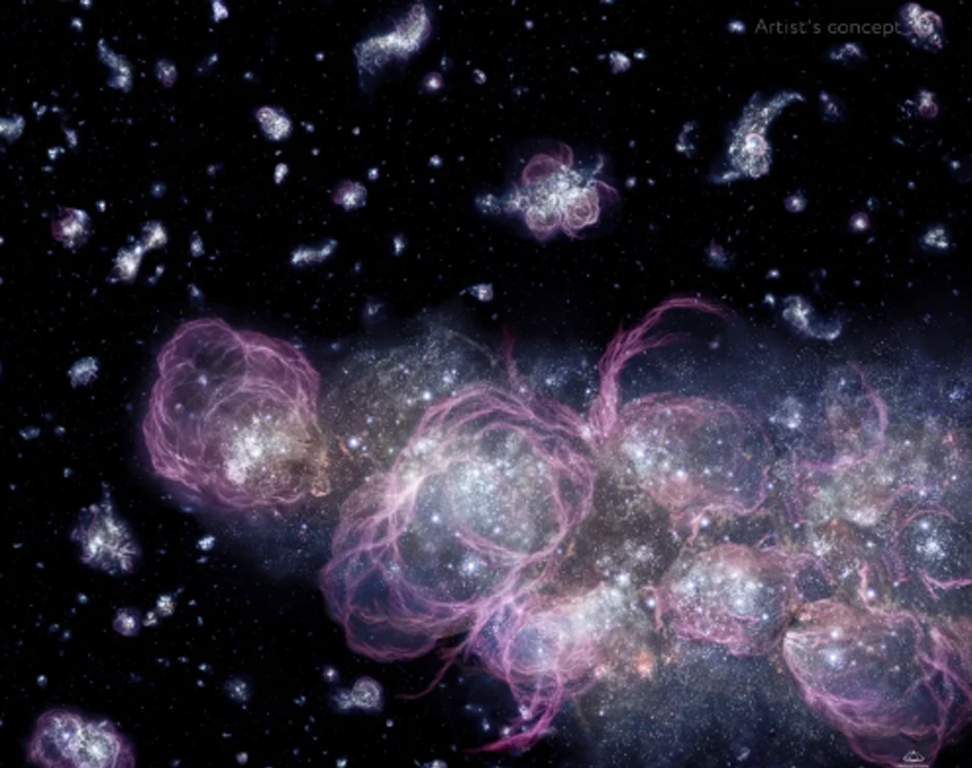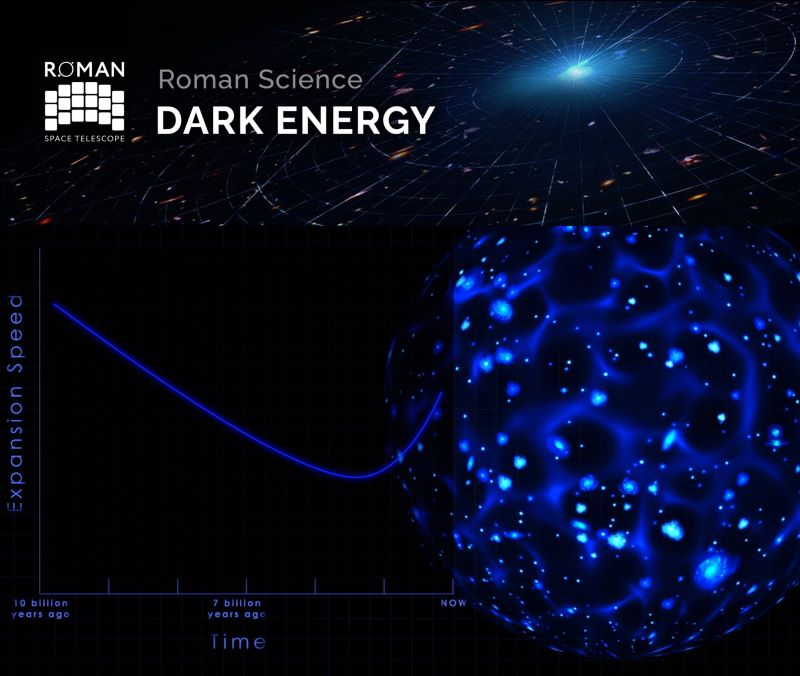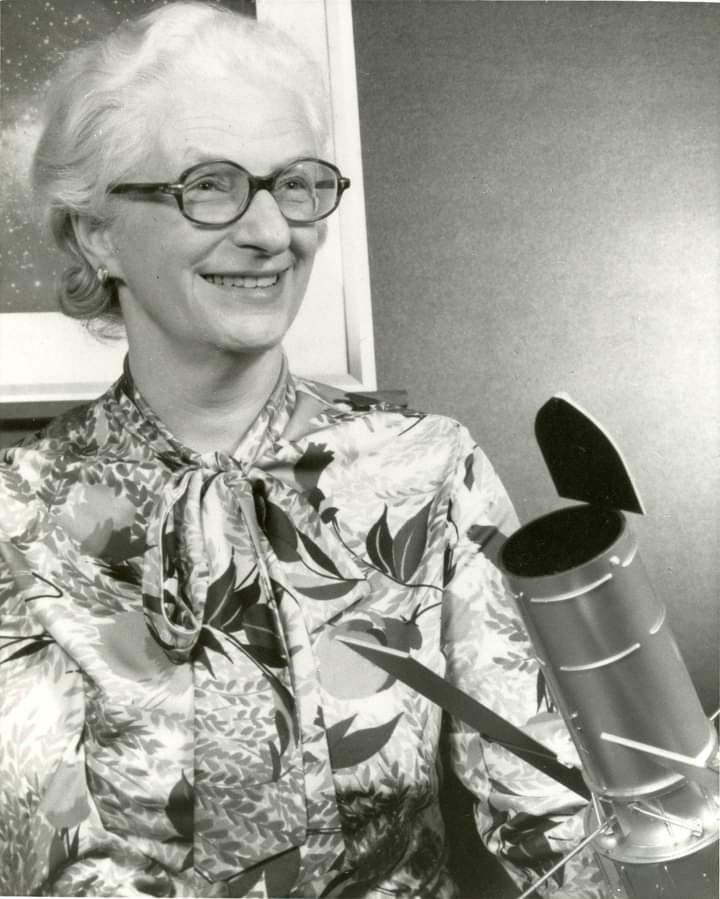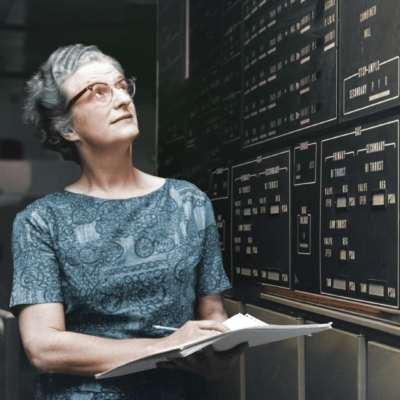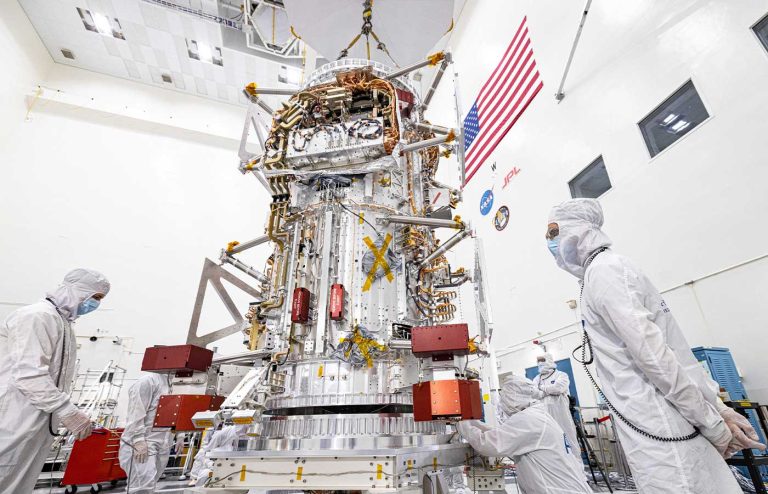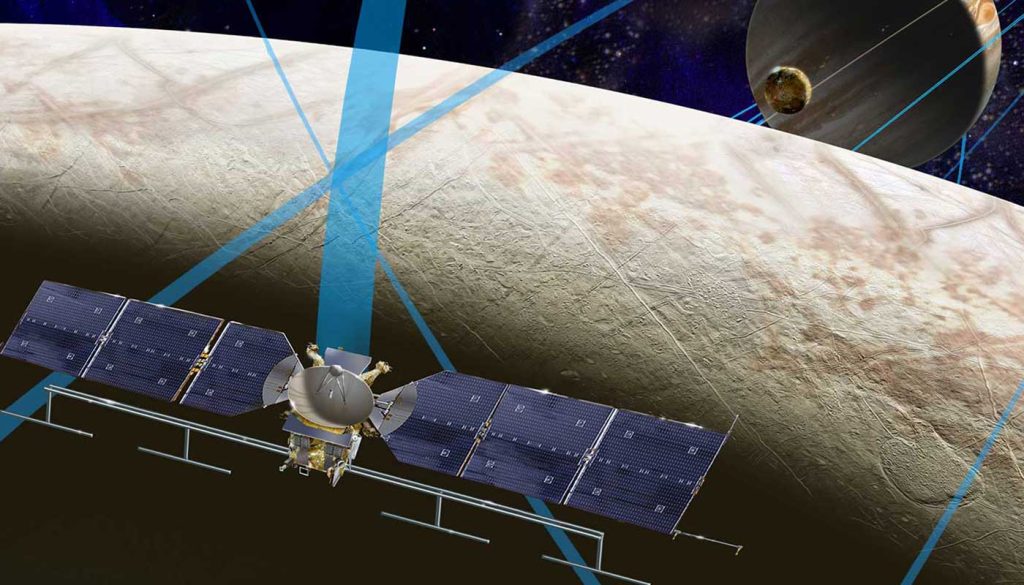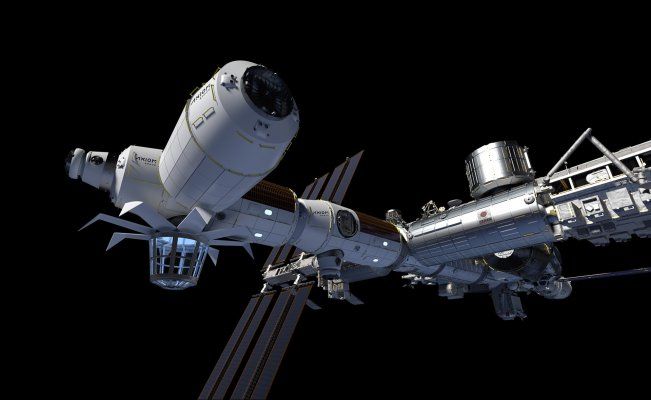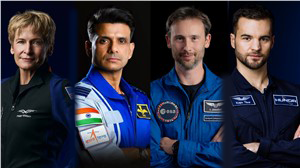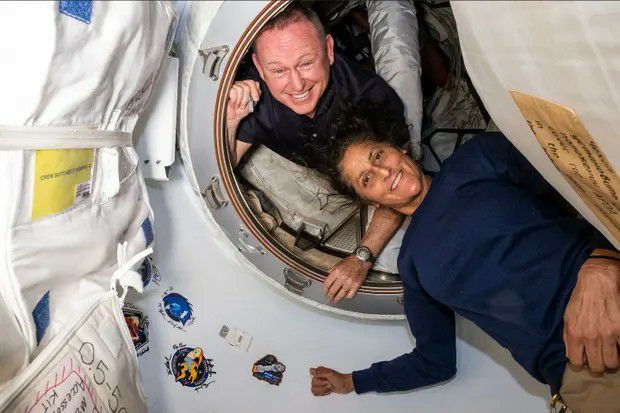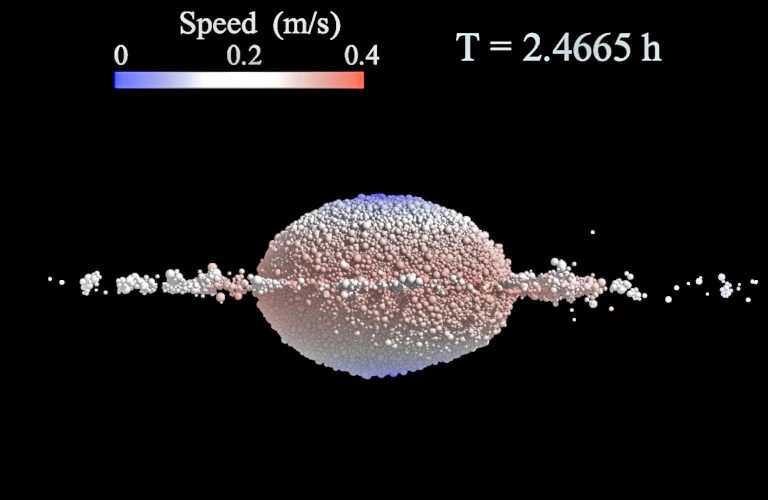Axiom Space: Pioneering the Future of Commercial Spaceflight
- Axiom Space is a private American space infrastructure developer based in Houston, Texas.
- Founded in 2016 by Michael T. Suffredini and Kam Ghaffarian, Axiom Space aims to create the world’s first commercial space station.
- The company completed its first crewed spaceflight in 2022 with Axiom Mission 1, sending private astronauts to the ISS.
- Axiom Space plans to launch its first commercial module to the ISS by late 2026, eventually detaching and forming an independent space station.
- The company’s missions include in-space research, manufacturing, and human spaceflight services for governments and private entities.
- Notable personnel include former NASA astronauts and administrators, such as Michael Lopez-Alegria and Peggy Whitson.
Summary
- Founders: Michael T. Suffredini, Kam Ghaffarian
- Headquarters: Houston, Texas, USA
- Founded: 2016
- Employees: 790 (as of 2023)
- First Mission: Axiom Mission 1 in 2022
- Key Services: Human spaceflight, in-space research, manufacturing
- Goal: Own and operate the world’s first commercial space station by late 2020s

History and Founding
Axiom Space was founded in 2016 by Michael T. Suffredini and Kam Ghaffarian. Suffredini, previously the program manager for the International Space Station (ISS) from 2005 to 2015, brought extensive experience in space operations. Ghaffarian, an engineer and entrepreneur, sold his company, Stinger Ghaffarian Technologies, Inc., a major NASA contractor, to KBR in 2018. Together, they targeted the emerging commercial spaceflight market with the vision of building a privately funded space infrastructure.
In its early stages, Axiom Space focused on securing key partnerships and contracts. The company was selected by NASA to provide the first commercial destination module on the ISS, a significant milestone in its journey toward establishing a commercial space station.
NASA Contracts and Commercial Spaceflight
In 2020, Axiom Space was awarded a $140 million contract by NASA to provide at least one habitable spacecraft to attach to the ISS as part of the Next Space Technologies for Exploration Partnerships (NextSTEP) initiative. This contract underscored NASA’s confidence in Axiom’s capabilities and vision. Axiom’s modules are designed to attach to the Harmony forward port on the ISS, with plans to include a node module, a research and manufacturing facility, a crew habitat, and a “large-windowed” module for Earth viewing.
The company’s first commercial astronauts flew to the ISS in 2022 on Axiom Mission 1, marking a significant milestone in commercial spaceflight. This mission was operated by Axiom’s Mission Control Center in Houston and utilized SpaceX’s Falcon 9 rocket and Crew Dragon spacecraft. The mission demonstrated Axiom’s ability to plan, manage, and execute crewed spaceflights.
Axiom Station
Axiom Space’s ultimate goal is to build and operate the world’s first commercial space station, known as Axiom Station. The company plans to launch its modules individually and assemble them in orbit, initially attaching them to the ISS. Before the ISS is retired and reenters Earth’s atmosphere, Axiom plans to detach its modules and operate independently as Axiom Station.
Design and Features
The interior of Axiom Station, designed by French architect Philippe Starck, features walls covered with tufted padding and studded with hundreds of color-changing LEDs, creating a futuristic and comfortable environment. The station will include amenities such as high-speed Wi-Fi, video screens, picture windows, and a glass-walled cupola for stunning views of Earth.
Axiom Space intends to maintain at least one astronaut continuously aboard the station to manage research projects and station repairs. The company’s renderings show how modules might be berthed and relocated on the ISS by the Mobile Servicing System, specifically the Canadarm2, which could continue its operations on Axiom Station after the ISS’s retirement.
Launch Timeline
The first module of Axiom Station is targeted for launch in late 2026, with the station expected to be completed by the late 2020s. Up to three Axiom Space modules could attach to the ISS, with the first docking to the forward port of Harmony. The company plans to send private astronauts to these modules for various missions.
Human Spaceflight Services
Axiom Space provides comprehensive human spaceflight services to individuals, corporations, and space agencies. These services include mission planning, training, hardware development, life support, medical support, crew provisions, hardware and safety certifications, on-orbit operations, and mission management. Missions are typically 10 days long, with the possibility of extension depending on the mission’s focus.
Notable former NASA astronauts, such as Peggy Whitson and Michael Lopez-Alegria, are part of Axiom’s team and serve as commanders for missions. The company also provides astronaut training for commercial and government astronauts, preparing them for the unique challenges of space.
In-Space Research and Manufacturing
Axiom Space aims to commercialize microgravity research and development. Until its modules are operational, the company uses the ISS National Lab for research activities. Microgravity offers unique opportunities for scientific experiments and manufacturing processes that are not possible on Earth.
Notable Missions
Axiom Mission 1 (Ax-1)
Axiom Mission 1, launched on April 8, 2022, was the first privately funded and operated crewed mission to the ISS. The mission was operated by Axiom’s Mission Control Center in Houston and utilized SpaceX’s Crew Dragon spacecraft. The crew consisted of Michael Lopez-Alegria, Eytan Stibbe from Israel, Larry Connor from the United States, and Mark Pathy from Canada. The mission lasted 17 days and included educational experiments and scientific research.
Axiom Mission 2 (Ax-2)
Axiom Mission 2, launched on May 21, 2023, sent four people to the ISS, including former NASA astronaut Peggy Whitson as the mission commander and John Shoffner as the mission pilot. Two astronauts from Saudi Arabia, Ali Alqarni and Rayyanah Barnawi, also participated as mission specialists. The mission lasted 10 days.
Axiom Mission 3 (Ax-3)
Axiom Mission 3, launched on January 18, 2024, was another private crew mission to the ISS. The crew included Michael Lopez-Alegria, Walter Villadei from Italy, Alper Gezeravcı from Turkey, and Marcus Wandt from Sweden. This mission lasted 21 days.
Axiom Mission 4 (Ax-4)
Scheduled for launch no earlier than October 2024, Axiom Mission 4 will carry four people to the ISS, including veteran astronaut Peggy Whitson. The crew is expected to include astronauts from Poland, Hungary, and India.
Axiom Mission Control Center
Axiom’s Mission Control Center (MCC-A) in Houston plays a crucial role in the company’s space missions. In January 2022, MCC-A completed its first on-orbit science payload operation on the ISS. By April 2022, MCC-A supported a record number of on-orbit science payload operations and live events for Axiom’s Ax-1 mission. In late 2022, MCC-A became a certified ISS partner Mission Control Center, connected to NASA’s ISS program.
Space Suits for Future Missions
On June 1, 2022, NASA selected Axiom Space to develop and provide astronauts with next-generation spacesuit and spacewalk systems. These suits will be used for missions outside the ISS, as well as on the lunar surface for the Artemis missions, preparing for future human missions to Mars.
Conclusion
Axiom Space is at the forefront of the commercial spaceflight industry, with ambitious plans to create the world’s first commercial space station. By leveraging the experience of its founders and team of former NASA astronauts and administrators, Axiom Space is well-positioned to revolutionize space travel and research. The company’s ongoing missions, partnerships, and innovative designs promise to open new frontiers in space exploration, research, and commercial opportunities.
References
- “NASA selects Axiom Space to build commercial space station module“. SpaceNews. January 28, 2020.
- “Axiom Raises $130 million“. GeekWire. February 16, 2021. Archived from the original on March 18, 2022.
- Foust, Jeff. “Commercial space station developers seek clarity on regulations“. SpaceNews. October 14, 2022. Archived from the original on February 24, 2024.
- Wall, Mike. “Want to Take a 10-Day Trip to the Space Station? It’ll Cost You $55 Million“. Space.com. June 14, 2018. Archived from the original on September 25, 2023.
- Mack, Eric. “NASA will attach a private room to rent on the International Space Station“. CNET. Archived from the original on February 2, 2022.
- “Rising Star – Axiom Space“. SpaceFund. Archived from the original on June 12, 2020.
- Mack, Eric. “NASA will attach a private room to rent on the International Space Station“. CNET. Archived from the original on February 2, 2022.
- “Axiom Space Names New Executives“. Axiom Space. Archived from the original on February 23, 2022.
Hashtags
#AxiomSpace, #CommercialSpaceflight, #SpaceStation, #ISS, #NASA, #SpaceX, #HumanSpaceflight, #SpaceResearch, #Microgravity, #SpaceExploration
